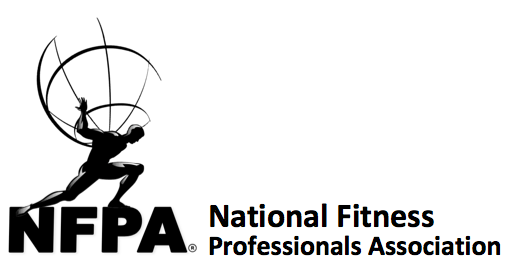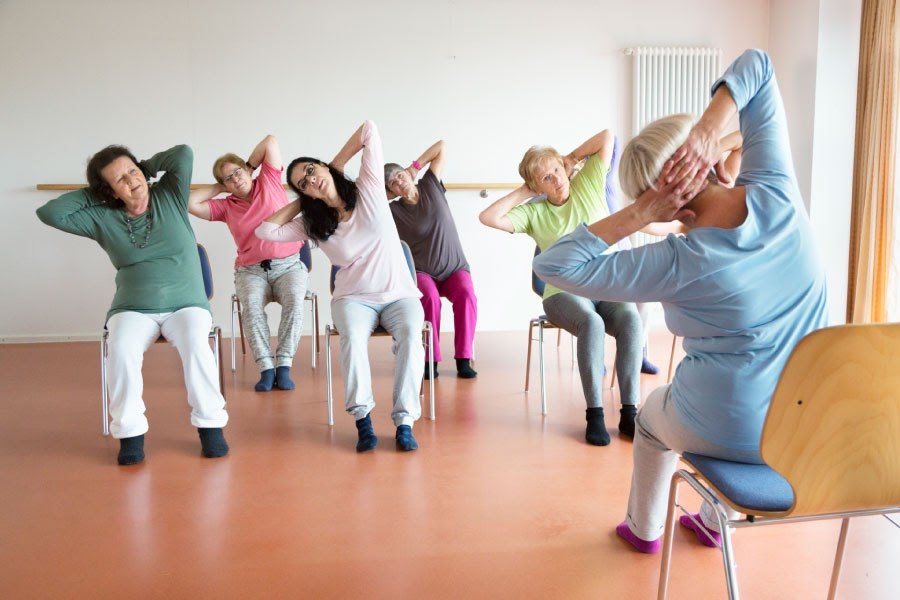chair yoga
gentle yoga for seniors with limited ability
Yoga is a practice that has been cherished for its physical and mental benefits for centuries. While it is often associated with contortionist poses on yoga mats, there's a modified and accessible version known as "Chair Yoga" that caters to seniors with limited mobility. Chair Yoga brings the myriad benefits of yoga to those who may find traditional yoga poses challenging. In this article, we will explore the benefits, potential risks, scientific foundations, and practical applications of Chair Yoga for seniors.
The Benefits of Chair Yoga
1. Improved Flexibility and Mobility
Chair Yoga offers seniors an opportunity to enhance their flexibility and mobility. Gentle stretches and movements performed while seated in a chair help to improve joint mobility, making everyday activities easier and more comfortable.
2. Strength Building
Seated poses in Chair Yoga engage various muscle groups. Over time, these exercises can lead to increased strength, particularly in the core, arms, and legs. Improved strength contributes to better balance and stability, reducing the risk of falls.
3. Stress Reduction
Like traditional yoga, Chair Yoga incorporates deep breathing and relaxation techniques. This helps seniors manage stress, reduce anxiety, and achieve a sense of calm and tranquility.
4. Pain Management
Seniors often deal with chronic pain conditions like arthritis. Chair Yoga can be an effective way to manage and alleviate pain through gentle movements and stretches. It promotes better circulation and can alleviate tension in muscles and joints.
5. Better Posture and Alignment
Maintaining good posture becomes increasingly important as we age. Chair Yoga helps seniors become more aware of their posture and work on alignment, which can reduce the risk of back and neck problems.
6. Enhanced Breathing
Breathing exercises are an integral part of Chair Yoga. Seniors learn to breathe deeply and mindfully, which can improve lung capacity and overall respiratory health.
Potential Risks of Chair Yoga
While Chair Yoga is generally safe and well-tolerated by seniors, it's essential to be aware of potential risks:
1. Overexertion
Seniors should avoid overexertion. Pushing too hard or attempting advanced poses may lead to muscle strains or joint pain.
2. Individual Health Considerations
Seniors with specific medical conditions or recent surgeries should consult a healthcare professional before starting any yoga program, including Chair Yoga.
3. Instructor Qualification
To ensure safety and effectiveness, it's crucial to have a qualified instructor who understands the unique needs of seniors and can provide appropriate modifications.
4. Limited Benefits for Certain Conditions
While Chair Yoga offers many benefits, it may not be the most effective solution for some seniors with severe mobility issues or cognitive impairments.
Scientific Foundations of Chair Yoga
Scientific research supports the effectiveness of Chair Yoga for seniors. Numerous studies have demonstrated positive outcomes in areas such as flexibility, balance, pain management, and psychological well-being.
A study published in the "Journal of Alternative and Complementary Medicine" in 2016 found that Chair Yoga improved balance, strength, and quality of life in older adults. The study also noted a reduction in symptoms of depression and anxiety.
Another study published in the "International Journal of Yoga" in 2016 showed that Chair Yoga can effectively reduce pain and improve overall physical function in older adults with osteoarthritis.
These studies highlight the scientific basis for the benefits of Chair Yoga and its potential to enhance the lives of seniors with limited mobility.
Practical Applications of Chair Yoga
1. Finding a Suitable Class
Seniors interested in Chair Yoga can typically find classes at local community centers, senior centers, or yoga studios. Online resources and videos also offer the convenience of practicing Chair Yoga at home.
2. Necessary Equipment
The primary piece of equipment needed for Chair Yoga is, of course, a sturdy chair without arms. Seniors should wear comfortable clothing that allows for easy movement.
3. Starting Slowly
Seniors new to Chair Yoga should start slowly and listen to their bodies. It's essential to understand one's limitations and not push too hard. Over time, participants can gradually increase the intensity and duration of their practice.
4. Instructor Guidance
Enrolling in classes with a certified Chair Yoga instructor is highly recommended, especially for beginners. Instructors can provide proper guidance, ensure participants' safety, and offer modifications tailored to individual needs.
5. Consistency
Consistency is key to reaping the benefits of Chair Yoga. Seniors should aim for regular practice, even if it's just a few minutes each day. Over time, they'll notice improvements in their flexibility, strength, and overall well-being.
Summary
Chair Yoga is a gentle and accessible form of yoga that brings numerous benefits to seniors with limited mobility. It offers improvements in flexibility, strength, stress reduction, pain management, posture, and breathing. While generally safe, seniors should be cautious about overexertion and seek guidance from a qualified instructor, especially if they have specific health concerns. Scientific research supports the effectiveness of Chair Yoga in improving the physical and mental well-being of seniors. Practical applications include finding suitable classes, using the necessary equipment, starting slowly, seeking instructor guidance, and maintaining consistency.
Chair Yoga empowers seniors to embark on a journey of self-care, promoting a healthier and more fulfilling life, one gentle pose at a time.
Sample Chair Yoga Program for Seniors
Here's a sample Chair Yoga program designed for seniors with limited mobility. This program can be modified to meet individual needs and abilities.
Session Duration: 30 minutes
Warm-up (5 minutes):
Sit comfortably in a sturdy chair.
Close your eyes, take a deep breath in, and exhale slowly.
Gently roll your shoulders backward and forward to release tension.
Rotate your wrists and ankles in a clockwise and counterclockwise direction.
Chair Yoga Poses (20 minutes):
Seated Mountain Pose (Tadasana): Sit tall with feet flat on the floor, arms resting on your thighs. Inhale and lift your arms overhead, exhale and lower them.
Seated Cat-Cow Stretch: Inhale, arch your back, and look up (Cow). Exhale, round your back, and tuck your chin (Cat).
Seated Forward Bend: Inhale, raise your arms overhead, exhale, and hinge at your hips to reach forward, bringing your chest toward your thighs.
Seated Twist: Sit up straight, inhale, and twist to the right, placing your left hand on your right knee and your right hand behind the chair. Hold for a few breaths, then switch sides.
Seated Warrior II: Extend your right leg to the side and bend your left knee slightly. Inhale, raise your arms to shoulder height, and gaze over your left hand. Hold, then switch sides.
Seated Tree Pose: Lift your right foot off the floor and place it on your left inner thigh. Find your balance, bring your hands to heart center, and hold. Switch legs.
Cool Down and Relaxation (5 minutes):
Deep Breathing: Sit comfortably and take slow, deep breaths for a minute, focusing on the inhale and exhale.
Seated Meditation: Close your eyes, bring your attention to your breath, and meditate for a few minutes.
Final Relaxation (Savasana): Lean back in your chair, close your eyes, and relax for a couple of minutes.
Closing (1 minute):
Slowly open your eyes.
Bring your hands together at heart center and bow your head in gratitude for your practice.
Remember that Chair Yoga is about your personal journey. Always listen to your body and modify poses as needed. As you progress, you can explore more advanced poses and extend your practice time gradually. Enjoy your Chair Yoga journey towards improved mobility and well-being!

